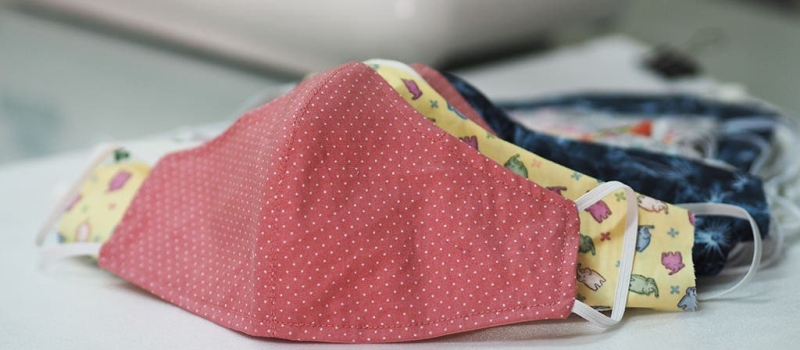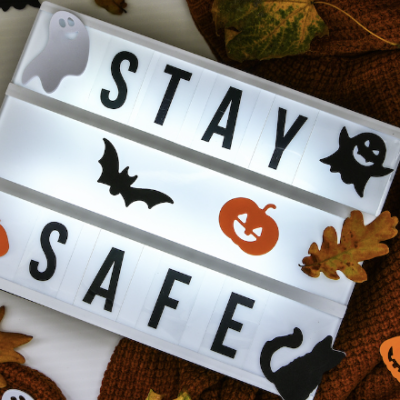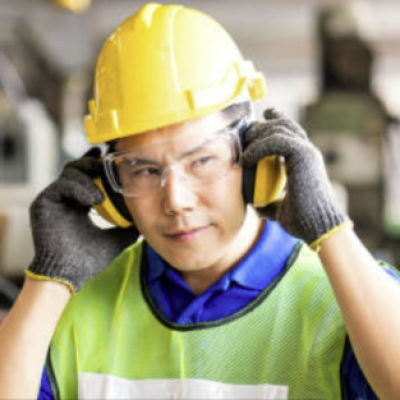Non-Workplace Face Covers
Monday, February 14, 2022 Murray Tate

Non-Workplace Face Covers
My previous article examined N95 and similar filtering facepieces (a type of air purifying respirator by OSHA definitions). But these masks are oriented, designed, and regulated for the workplace. These designs were never meant for casual wear by people not trained in properly wearing the device, in how it works, or medically cleared to wear it safely.
This has been addressed by the American Society for Testing and Materials (ASTM) in their February, 2021 Standard Specification for Barrier Face Coverings (F3502-21). The devices described by this method are NOT referred to as respirators but as barrier face coverings to emphasize the difference in focus. The ASTM standard sets levels for filtration and breathability. Filtration is the percentage of particulates filtered out by the completed commercial mask. Breathability is the ease by which one can breathe through the mask as measured by pressure differential inside and outside of the mask (units of millimeters of water are used). For point of reference, N95 filtering facepieces must meet a breathability mark of ≤ 35 mm H2O. Lower values reflect easier airflow, therefore less resistance to breathing through the material.
|
|
Level 1 |
Level 2 |
|
Filtration efficiency |
≥ 20% |
≥ 50% |
|
Breathability |
≤15 mm H2O |
≤5 mm H2O |
Note filtration and breathability are not linked tests. A mask could score Level 1 in one test and Level 2 in the other.
NIOSH adds criteria for leakage and labeling. Leakage is the ratio of air entering through the mask versus the amount bypassing the mask (larger numbers are better). Specified labels are allowed for those masks meeting specified criteria to show the public that standards of performance have been achieved. As these are additions by NIOSH, a mask maker can still have masks tested only against the filtration and breathability specs and list their mask as F3502-21 compliant. The NIOSH Workplace Performance Mask and Workplace Performance Plus Mask are levels above the basic F3502-21 performance mark.
|
Mask type |
filtration |
breathability |
leakage ratio |
|
Workplace Performance Mask |
Level at ≥ 50% (Level 2) |
at least Level 1 |
≥5 |
|
Workplace Performance Plus Mask |
Level at ≥ 80% (>Level 2) |
at least Level 1 |
≥10 |
|
mask type |
required labeling |
|
Workplace Performance Mask |
MEETS WORKPLACE PERFORMANCE |
|
Workplace Performance Plus Mask |
MEETS WORKPLACE PERFORMANCE PLUS |
The standard states the mask must cover both nose and mouth of the user, deals with multiple mask sizes so a best fit can be achieved, some mechanism by which the mask is held snugly to the face, and allows reusable masks providing the maker states how many cleanings the mask can go through and how to clean the mask. Masks must be tested by a third-party laboratory using the test procedure referenced in this method. For reusable masks, masks must be tested new and after getting washed the maximum number of times the manufacturer claims.
Just as NIOSH lists approved N95 masks (website listed in last article), NIOSH also lists masks that meet the F3502-21 specification. This list can be found at https://wwwn.cdc.gov/PPEInfo/RG/FaceCoverings but I have found no information as to how often this site is updated.
The specification for N95 masks is a regulation for the workplace. Masks designated as N95 must meet specification criteria. This ASTM method is not a mandatory regulation. It is voluntary but manufacturers cannot label their masks as complying with F3502-21, or Workplace Performance Mask, or Workplace Performance Plus Mask unless the masks meet the criteria of the method. Masks that are not tested or which fail the F3502-21 specification can still be sold commercially. Only time will tell how well this method is adopted by mask manufacturers.
N95 respirators filter out at least 95% of the particulates in the test method. Masks meeting F3502-21 criteria need only filter out 20% or 50%. Masks meeting the Workplace Performance Plus Mask standard need only filter out 80% of the particulates. This is quite a step down in protection from an N95, but we need to start somewhere. At least we now have standardized testing for COVID masks. Additionally, on the NIOSH web site listing the masks that meet F3502-21 compliance, they also list the scores for filtration efficiency, breathability, and leakage (if tested). Those models achieving Workplace Performance Mask or Workplace Performance Plus Mask status are also listed. This means we can check a listing and decide for ourselves what level of filtration we desire. The NIOSH list today (January 20, 2022) includes models achieving filtration levels up to 99% for a disposable model and 98% for a reusable model. Reusable models would greatly decrease the amount of trash generated by millions of us wearing masks on a regular basis.
What about all of the other types of face covers we’ve worn in the past two years (cotton masks, nylon masks, bandanas, etc.)? Turns out the EPA has done some testing there for us. I’ll review their findings in the third installment of this series.




